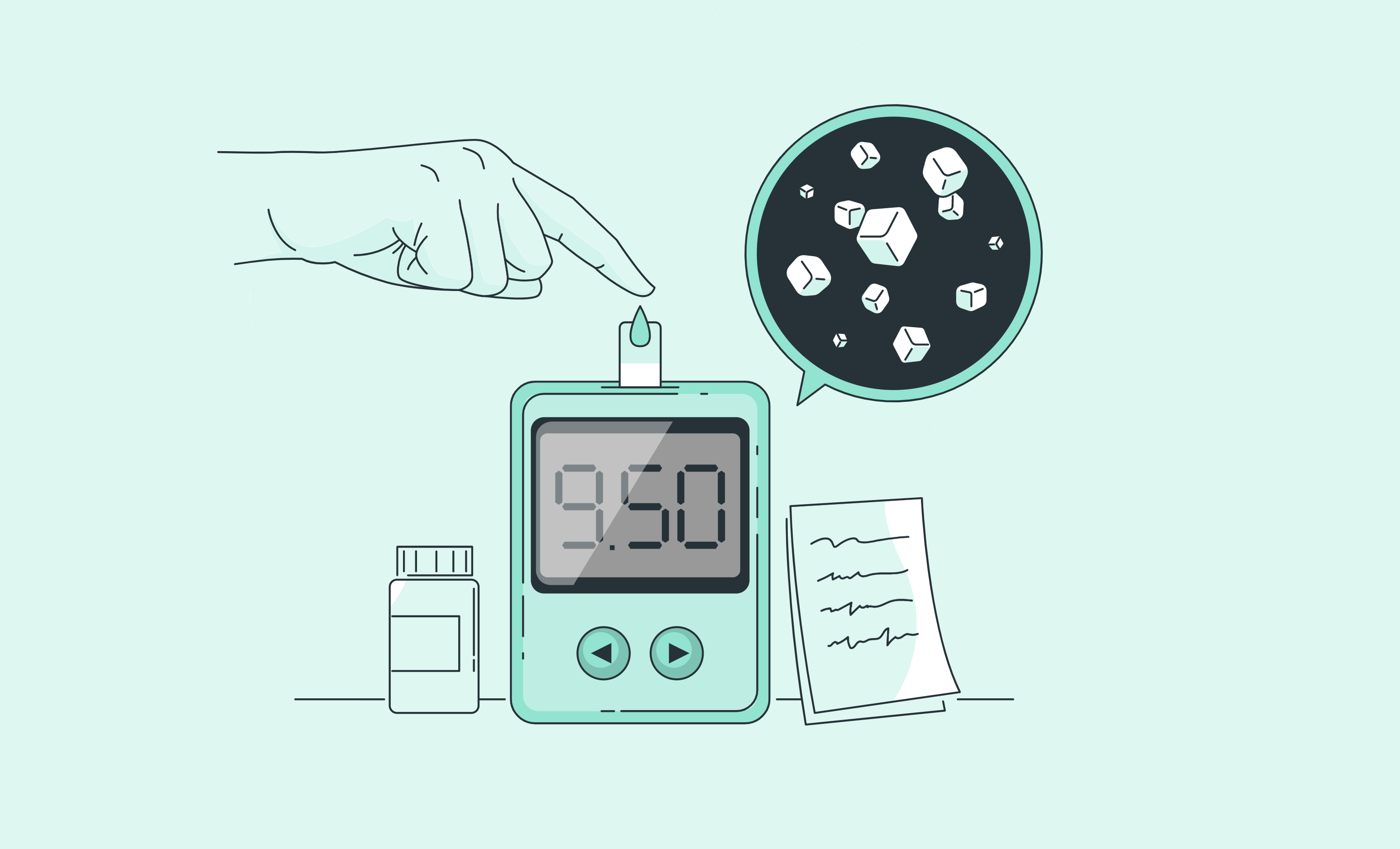
Can diabetes be reversed? Cutting carbs, exercising are key
What is diabetes reversal?
For a person with diabetes, diabetes reversal (scientifically known as diabetes remission) is defined as having their HbA1c less than 6.5% (i.e. in the prediabetes stage) without any medications and/or insulin for more than 6 months.
Can everyone reverse their diabetes?
Whether you’ve been taking diabetes medicines for a while now or have just been diagnosed, reducing or avoiding medicines may be a goal which you’ve set for yourself.
Yes, it is possible with some focused efforts and the right mindset.
A better understanding of the science behind diabetes reversal coupled with personalized therapies and expert coaching can help achieve these goals. Based on your health parameters (and the efforts that you put in), you’ll either be able to completely stop medicines or reduce their number and dosage, with a doctor’s advice.
This questionnaire has been designed by top doctors and experts to find what would be possible for you in terms of diabetes reversal. What’s more important is that you’ll be able to reduce the symptoms, the risk of complications, your medical costs and more.
The benefits of diet and exercise
- Diet and exercise are key components of a successful strategy to avoid or manage diabetes. Studies show that diet and exercise can sharply lower the likelihood of diabetes, even in people at high risk of developing it.
- Other studies show that lifestyle interventions such as diet, exercise, and education can improve risk factors that are often associated with cardiovascular disease in individuals already living with type 2 diabetes, as well as help lower blood sugar levels.
- So not only does eating a nutritious diet and getting enough physical activity help manage blood sugar if you already have type 2 diabetes, but it can also aid in weight loss and high cholesterol — issues often closely tied to a type 2 diabetes diagnosis.
- Also, a major clinical study by the National Institute of Diabetes and Digestive and Kidney Diseases observed individuals at risk for diabetes for three years and found that including 150 minutes of exercise a week decreased their risk of developing type 2 diabetes by 58 percentTrusted Source.
- This means sticking to physical activity and a nutritious diet may not only help you avoid or reverse a type 2 diabetes diagnosis now but in the future as well.
- spinach, kale, and collard greens.
- Some spices are also high in vitamin A, including paprika, red pepper, cayenne, and chili powder.
Exercise: Begin with the basics
While diet can sometimes be tailored for you by a doctor or nutritionist (i.e., you can’t tolerate gluten, you prefer low carb, if you are a vegan, etc.), the kind of exercise that works for evading or managing type 2 diabetes is a bit broader.
- Essentially: All exercise counts! Especially because doing something you enjoy helps you to stick with it. According to the American Heart AssociationTrusted Source, most adults need at least 150 minutes a week of moderate aerobic physical activity or 75 minutes of vigorous aerobic activity, or a combination of both.For instance, you could choose to go on two 30-minute powerwalks 2 days out of the week, combined with two 20-minute runs 2 other days of the week.
- Keep in mind: Moderate aerobic exercise elevates your heart rate, so if it’s possible for you, make sure those powerwalks are brisk! If moderate exercise isn’t possible, the American Diabetes Association says that even low-volume activity (expending just 400 kcal/week) improves insulin action in previously sedentary adults.
- Choose foods with heart-healthy fats: According to the American Diabetes Association, the types of fat that you eat are more important than the total amount of fat that you eat.To lower your risk of heart disease, the organization recommends eating foods that are rich in monounsaturated and polyunsaturated fats.
Common sources of these healthy fats include:
- avocado
- nuts, such as almonds, cashews, walnuts, and peanuts
- seeds, such as pumpkin seeds, sunflower seeds, and sesame seeds
- fatty fish, such as tuna, salmon, sardines, and mackerel.
- soybean products, such as tofu.
- olive oil.
- canola oil.
- cottonseed oil.
- corn oil.
- flaxseed oil.
- peanut oil.
- safflower oil.
- soybean oil.
- sunflower oil.
On the other hand, the organization recommends limiting your intake of saturated fat and avoiding trans fat.
Sources of saturated fat to avoid include:
- high-fat meats, such as regular ground beef, sausage, bacon,bologna, and hotdogs.
- high-fat dairy products, such as cream, whole milk, and full-fat cheese.
- butter.
- lard
- coconut oil
- palm oil and palm kernel oil
Sources of trans fat include:
- processed snack foods, such as potato chips.
- stick margarine
- shortening.
